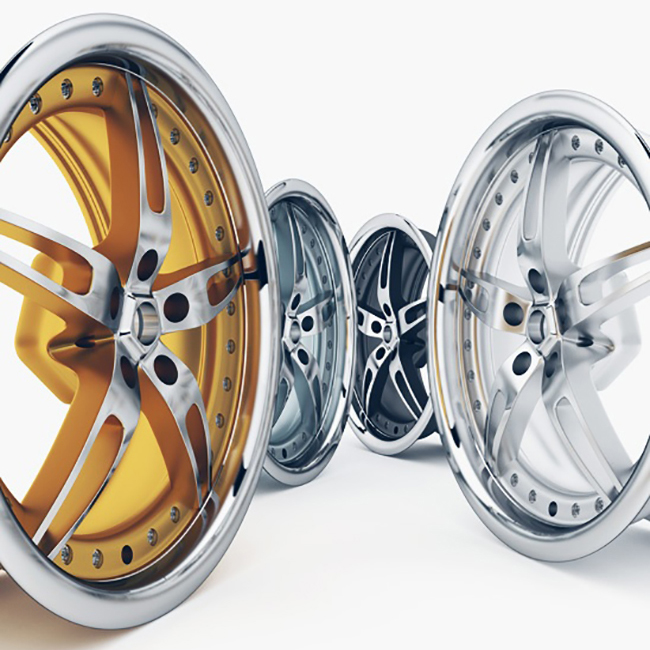Exploring Seal Kit Solutions for Enhanced Power Steering Performance in Automotive Applications
Understanding Seal Kit Power Steering
Power steering systems have become an essential part of modern vehicles, greatly enhancing driving comfort and control. These systems are designed to reduce the amount of effort the driver needs to exert when turning the steering wheel. One crucial component of this system is the seal kit, which plays a significant role in ensuring the smooth operation and longevity of the power steering system.
What is a Seal Kit?
A seal kit, in the context of power steering, is a collection of seals and related components that are used to prevent fluid leaks within the power steering mechanism. These kits are vital for maintaining the hydraulic fluid's integrity, which is essential for creating the necessary pressure that amplifies the driver's steering input. When hydraulic fluid leaks from the system, it can lead to a loss of power assist, making the steering feel heavy and unresponsive.
Importance of Seal Kits in Power Steering
1. Leak Prevention The primary function of a seal kit is to prevent fluid leaks. O-rings, lip seals, and other sealing elements work together to create a barrier that keeps the hydraulic fluid contained. This not only ensures optimal performance but also protects the power steering pump and gearbox from potential damage caused by fluid loss.
2. System Efficiency A well-functioning seal kit allows for the efficient transfer of hydraulic pressure throughout the power steering system. With no fluid leaks, the system can maintain consistent pressure, providing smooth and responsive steering. This is particularly important in dynamic driving conditions, where quick maneuvers are necessary.
3. Longevity of Components In addition to preventing leaks, a good seal kit helps protect other components of the power steering system. By preventing contamination from dirt and debris, seals help extend the life of the power steering pump, hoses, and steering gear. This can save vehicle owners significant costs in repairs and replacements over time.
4. Safety A malfunctioning power steering system can pose serious safety risks. If the assist is lost due to a fluid leak, the driver may struggle to control the vehicle, especially at lower speeds. Regularly inspecting and replacing seal kits can mitigate this risk, ensuring that the steering remains responsive.
seal kit power steering

Signs of a Failing Seal Kit
There are several indicators that a seal kit may be failing. Common signs include
- Fluid Leaks Puddles of fluid under the vehicle or a noticeable drop in fluid levels in the power steering reservoir. - Heavy Steering Response Difficulty in turning the steering wheel, especially at low speeds. - Whining Noise A whining or groaning sound when turning the steering wheel, suggesting that the pump is struggling due to insufficient fluid.
Maintenance and Replacement
Routine maintenance includes checking fluid levels and inspecting for leaks or damage. If issues are detected, it’s advisable to replace the seal kit promptly. Many vehicles have specific seal kits designed for their power steering systems, and using the right kit is crucial for optimal performance.
Installing a new seal kit is a relatively straightforward process for those with mechanical knowledge, but for others, seeking professional assistance may be the best course of action. Professional mechanics can ensure that the seal kit is installed correctly and that the power steering system is restored to optimal functionality.
Conclusion
In summary, seal kits are a vital component of power steering systems, ensuring that the system operates efficiently and safely. By preventing fluid leaks, enhancing component longevity, and maintaining system performance, these kits play an essential role in the overall driving experience. Regular maintenance and timely replacement can go a long way in ensuring that drivers enjoy the full benefits of power steering, making every ride smoother and more controlled.
-
Simplifying Oil Changes: A Comprehensive Guide to Oil Drain Plugs and Their Variants
News Aug.04,2025
-
Mastering Oil Drain Maintenance: Solutions for Stripped, Worn, and Upgraded Oil Plugs
News Aug.04,2025
-
Fixing Oil Pan Plug Issues: Leaks, Stripped Nuts, and the Right Replacement Solutions
News Aug.04,2025
-
Everything You Need to Know About Oil Drain Plugs: Sizes, Fixes, and Upgrades
News Aug.04,2025
-
Choosing the Right Oil Drain Plug: A Guide to Sizes, Materials, and Drain Innovations
News Aug.04,2025
-
A Complete Guide to Automotive Drain Plugs: Types, Problems, and Innovative Solutions
News Aug.04,2025
-
The Ultimate Guide to Car Repair Kits: Tools and Essentials Every Driver Should Own
News Aug.01,2025
Products categories















